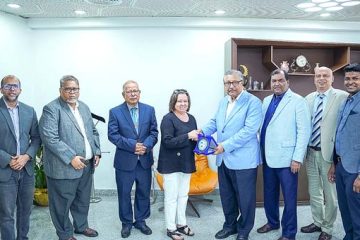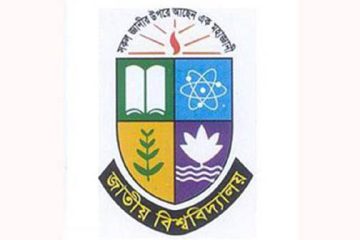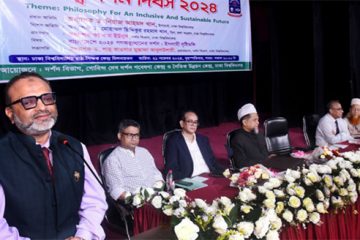A 36-inch increase in sea levels would swamp all low-lying areas and islands around the globe including southern Bangladesh, said experts at a seminar on Monday.
Experts found that the sea levels have risen between four and eight inches in the past 100 years but current projections indicate that sea levels could continue to rise between 4 inches and 36 inches within the next 100 years. Blaming the global climate change for this alarming sea level rise, experts also said that the recurrent trend of increasing salinity and storm surges has gradually made the country’s coastal belt highly vulnerable.
Experts were speaking at the inaugural session of a three day workshop titled ‘Water, Waves and Weather: Climate Change and the future of South Asia’ held at the BRAC center inn. American overseas research centres (American Institute of Bangladesh Studies, American Institute of Indian Studies, American Institute of Pakistan Studies and American Institute of Sri Lankan Studies) organised the workshop.
While presenting a paper on ‘Climate Change and Water Management in Bangladesh’, eminent water expert Dr Ainun Nishat said the volume of water in sea is increasing due to melting glaciers because of rising global temperature, which contributes to increasing salinity and inundation in the coastal regions.
Dr Nishat, vice chancellor of BRAC University, said nearly 7,000 kilometres long coastal embankment of Bangladesh is the largest manmade polder in the world.
Highlighting the present state of the country’s coastal belt, he said Aush and Aman paddy will be affected in the coming days due to salinity and inundation. Although scientists have already innovated salinity-tolerant rice, they could not yet determine the level of salinity in different areas of the coastal belt. The storm surge is another threat for the coastal belt, he said, adding that people have already started migration from vulnerable areas of the coastal region, seeking safe places to live.
Dr Ainun, former IUCN chief, said more cyclone centres are needed in the coastal region to save lives and assets of people from natural disasters including cyclone and storm surge. He also suggested sending warnings through mobile phone among the coastal people at free of cost to alert them prior to any probable disasters.
Bangladesh’s food supply is already threatened by flooding due to melting glaciers in some areas and droughts due to heat in others he said. Moreover, the typhoons and monsoons that routinely pummel Bangladesh are intensifying because of climate change, he added.
About flood management, Dr Nishat recommended strengthening flood forecasting system, setting up more flood evacuation shelters and introducing flood insurance. He also said local community can play a vital role to face natural disasters including flood.
The BRAC University VC stressed the need for strengthening institutional capacity and monitoring internal and external migration to cope with the climate change impacts and natural disasters.
Chaired by the chief of American Institute of Bangladesh Studies Shelly Feldman, the session was addressed, among others, by senior lecturer of the University of Colombo Deepthi Wickramasinghe, Trevor Birkenholtz, assistant professor, Geography department, Rutgers University and Sharmeen Murshid, CEO of BROTEE.
-With The Independent input




















